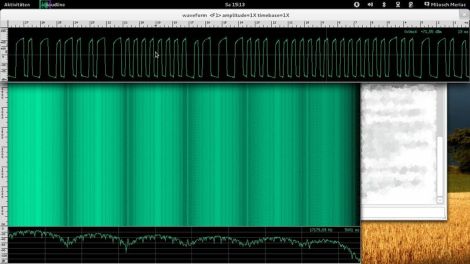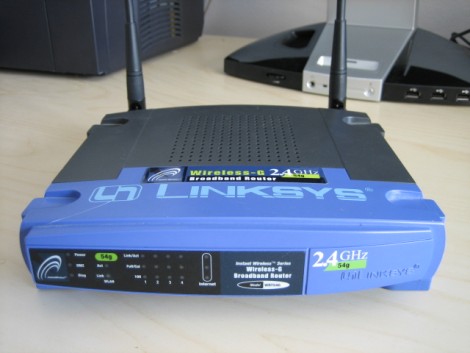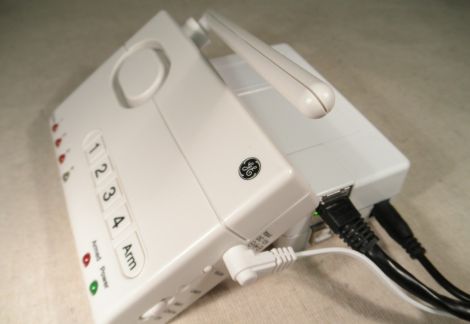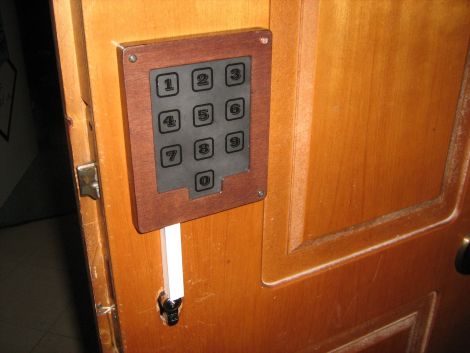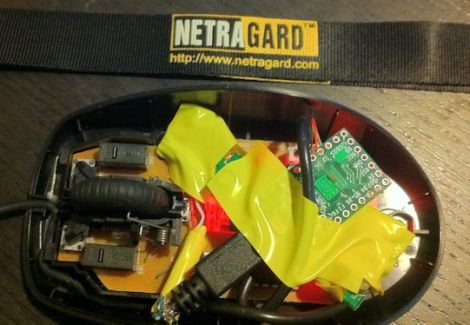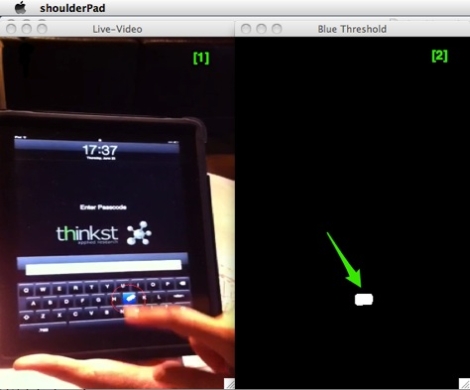
While it seems that many people are wise to shoulder surfing, keeping a lookout for anyone spying on their passwords, [Haroon] wrote in to remind us that the threat is just as real today as it ever was.
The subjects of his research are touch screen phones and tablets, which utilize on-screen keyboards for data entry. He says that while nearly all password entry boxes on these devices are obscured with the traditional line of asterisks, the keyboards themselves are quite an interesting vulnerability.
Since touch screen technology can be finicky at times, most vendors ship their devices with some sort of key press verification system. On the iPhone and iPad, for instance, each key is highlighted in blue following a button press. This functionality makes it quite easy for shoulder surfers to casually steal your password if you’re not paying attention.
But what if you are well aware of your surroundings? [Haroon] has developed a piece of software he calls shoulderPad, which is based on openCV that does the surfing for him. The application can monitor a video stream, live or recorded, extracting the user’s password from the highlighted button presses. His demonstrations show the recording taking place at a relatively close distance, but he says that it would be quite easy to use surveillance footage or zoom lenses to capture key presses from afar.
He does say that the button highlighting can be easily disabled in the iPhone’s options pane, which should negate this sort of attack for the most part.
Continue reading to see a quick video of shoulderPad in action.

